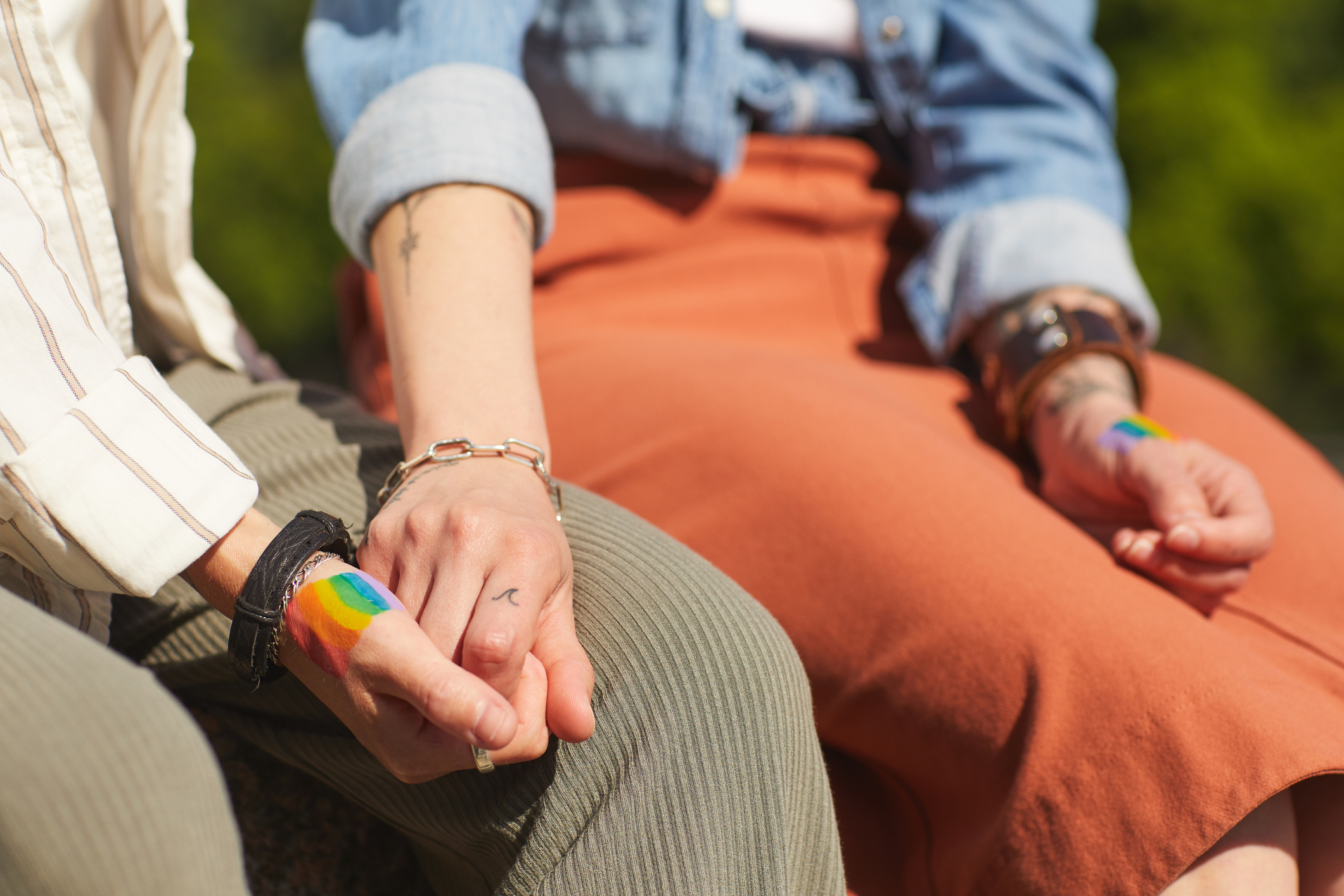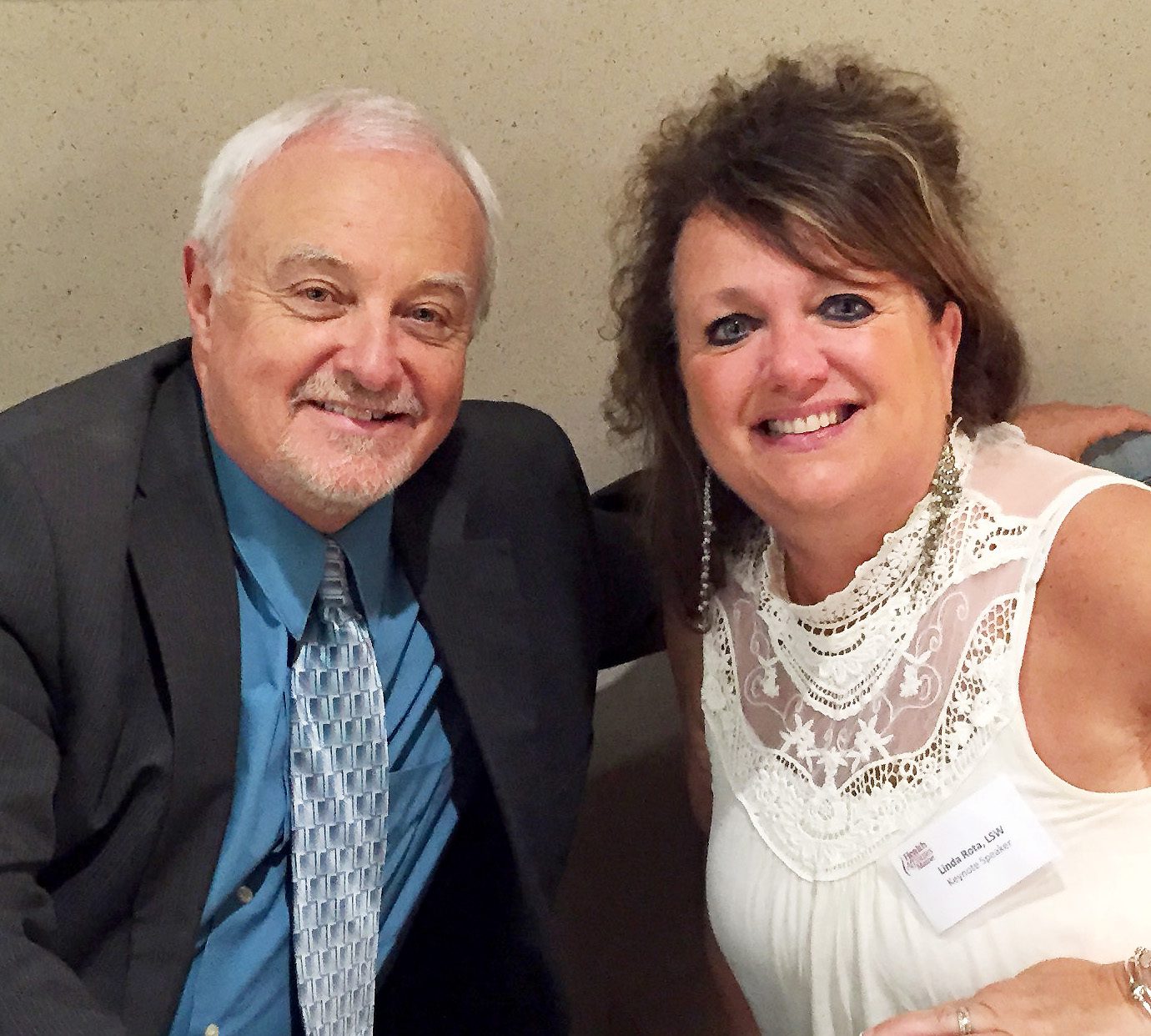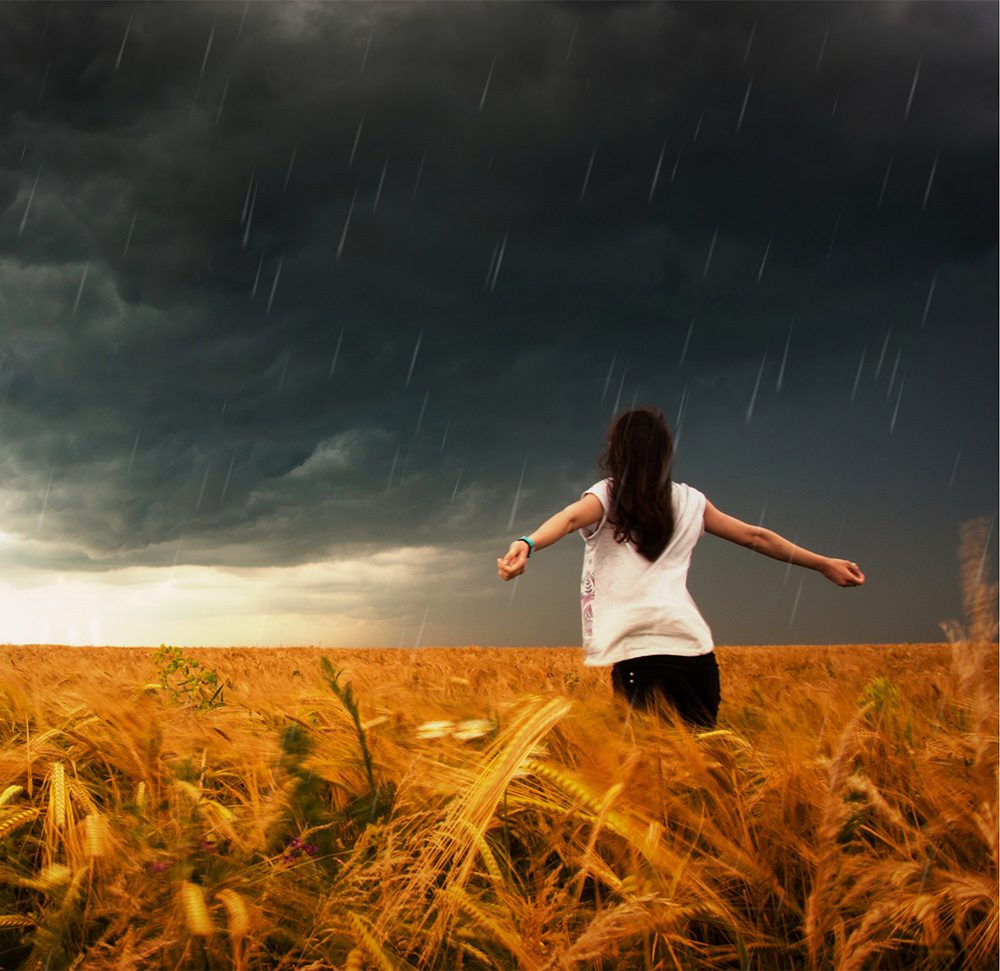The holiday season is often portrayed as a time of joy, connection, and celebration. But for individuals in recovery from substance use — and the people who love them — this time of year can bring unique challenges and heightened stress. If someone you care about is...
Hope & Recovery Articles
When to Refer to an LADC
We all know that collaboration leads to better outcomes—especially when each professional brings their specific expertise to the table. As a therapist in private practice, you may be supporting clients through trauma, relationship challenges, anxiety, or other life...
What Does it Meant to Be in Recovery?
An estimated 22 million Americans among every gender, race, and social class are currently in recovery. For those in recovery, it is not a one-size-fits-all situation but one completely unique to one’s life experiences and circumstances. What does “in recovery” mean?...
Do I Have a Problem with Alcohol?
If you are asking this question, you are probably not alone. In fact, 18 million Americans struggle with misusing alcohol or with the symptoms of Alcohol Use Disorders (AUD). If you feel as though your relationship with alcohol is a problem or could become a problem,...
How Do I Feel Better? Recovery After Complex Traumatic Stress, Violence & Abuse | Presented by Julie Colpitts, LCSW. 6 Contact Hours
Clients come to us to heal from complex traumatic stress and the associated health, substance, mental health and social problems…
Self-Worth & Acceptance
Hi again! I am back with another blog. I was re-reading my first one "Shame: Managing Stormy Days" the other day and thought it was, "to my surprise" not bad.I say this not with an ego. I say it as "An Adult Child Of An Alcoholic" who can still slip back to that spot...
Ending Stigma Around Mental Illness
If you’ve read my blog on What Is Mental Health Anyway? then you will know that everyone has mental health concerns at time's throughout their life. Truly this includes every person, every family, relatives, everyone in school or college, at work and in their home....
Resilience: Do You Have It?
“The oak fought the wind and was broken, the willow bent when it must and survived.” ― Robert Jordan, The Fires of Heaven Resilience can be described as the process of returning to normal daily functioning or the ability to adapt after being faced with stress,...
Behind Every Overdose Are Friends & Family Left Suffering
This fact could not have been made clearer than in a conversation with Theresa Russell*, who agreed to talk about how heroin has touched her life.Theresa began by handing over a list of six people’s names, their ages, and the dates of their overdoses and deaths. She...









